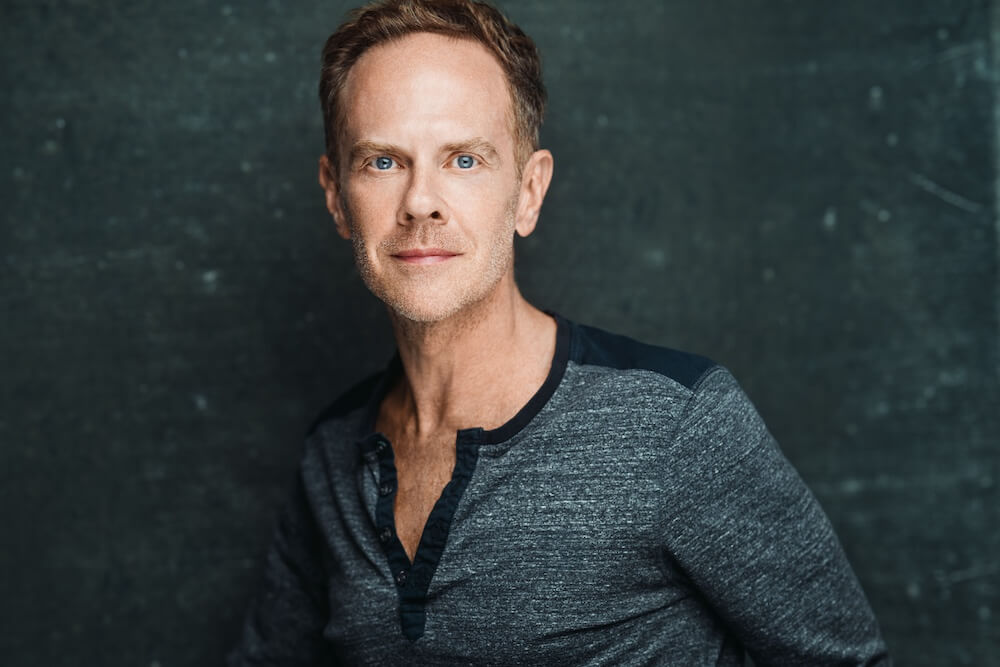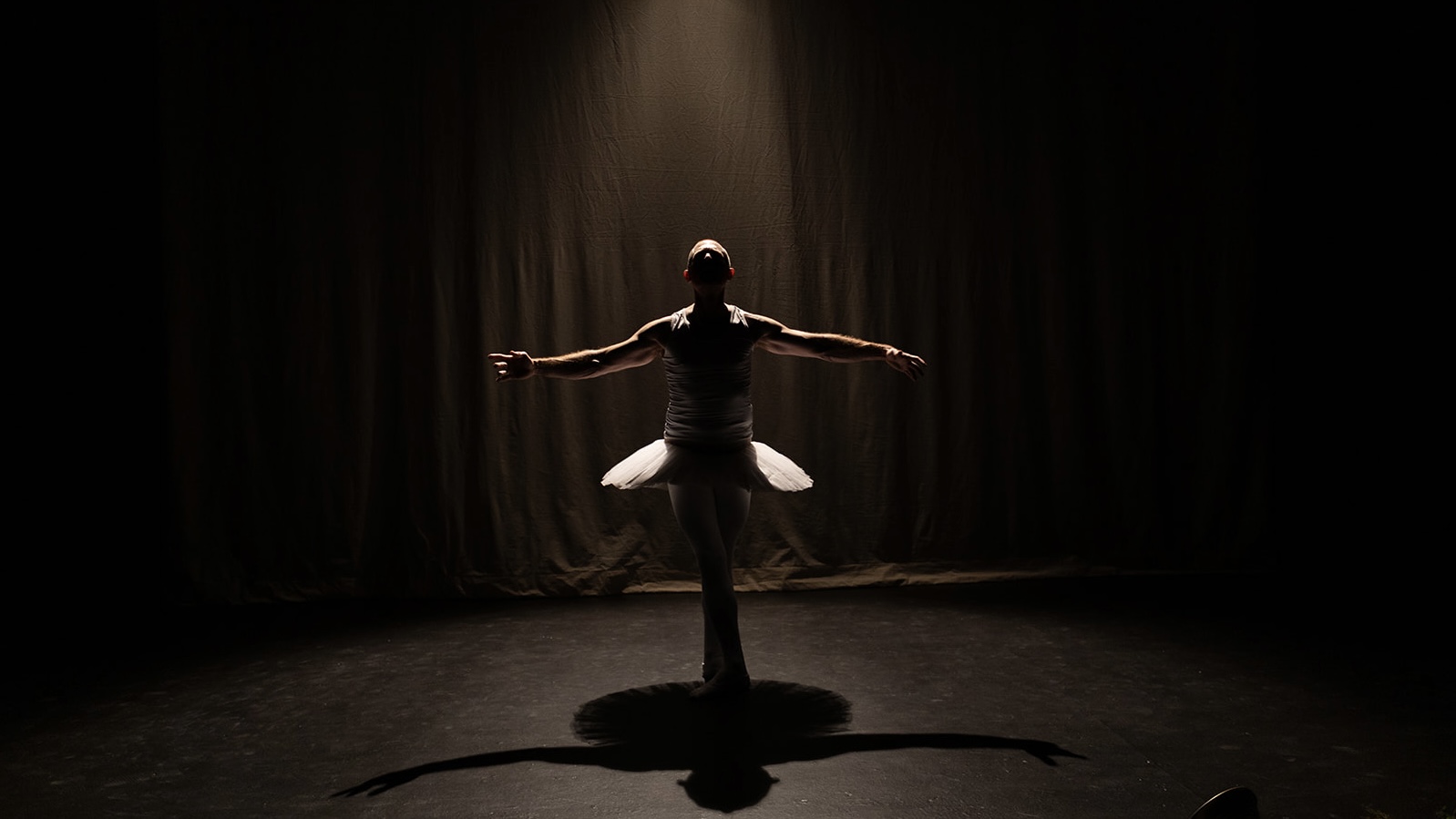When integrating such hefty content as mental illness into an art form that traditionally values all things easy on the eye, it helps to spend thoughtful time in the studio, immersed in a process of artistic research. From this process grows innovation—a vital component to making a dance that is about something. Without this careful practice, it’s just a pretty dance.
Unguarded Moment, the opening number in a suite of works entitled Madness, depicted dancer Sandra Davis dressed in a straitjacket, tights, and toe shoes. Throughout the brief solo Davis used graceful turns to escape her restrictive garb, and ended topless with her back to the audience. Artistic Director Diane Sharp-Nachsin couldn’t let her choreography stand on its own. She wanted to create a dance that made you think, but only got as far as the costume. The ambitious theme of Madness might have challenged the choreographer to reach beyond her conventional toolbox, but there was no evidence of it in the work itself.
Despite the fact that the opening act of “Armilla” pointed intermittently to a dense topic, the showcase offered some light and pleasing images: finely trained dancers, campy pas de deux, and sexy costumes. Many of the members of the six-year old company were just a few years post-college, and Sharp-Nachsin’s modern dance vocabulary hung nicely on their bodies.
In Beauty from Pain, Davis and Jill Turanski alternated between charades of inner struggle and lyrical unisons. In The Secret the stage transformed into a discotheque. Dancers emerged from the audience, and boisterous, electronic music arrived with digital video projections by Lauren Mandilian Huot. The dancers gave it their best shot, interpreting different forms of emotional disorder through posing and facial expressions. And though they were voguing, there remained nothing glamourous about the topic.
In Act II the narratives lightened up. Guest choreographer Steven Vaughn’s Strings presented dancers as marionettes, hinging stiffly at the waist with hunched postures. Through excerpts from Une Soiree Au Cabaret, created for the 2010 Philadelphia International Festival of the Arts, SHARP turned seductive, donning lingerie-inspired outfits and coordinating back tattoos. Ne Me Quitte Pas, the sappy group number in a trio of vignettes, allowed the technicians to perform with their natural strengths. Eventually, somewhere between elegant formation changes and Jacques Brel’s building vibratos, they succeeded at transmitting a clear artistic vision. When the dance’s story didn’t overshadow the dance, they were a nice crowd to watch.
The evening concluded with a slideshow tribute to Company Member Patrick Korstange who was performing with SHARP for the last time. A farewell dance for Korstange followed, and each dancer took a turn with him, getting lifted and kissing him goodbye. Sharp-Nachsin herself (who retired from performing in 2005, after suffering from injuries) took the final turn, following on the sugary vibe of some earlier adieus with palpable authenticity. In the end the complete cast returned together on the stage, rushing into a heartfelt huddle. The bittersweet gathering revealed a truth about the group: like many companies, they were a close family, and perhaps their individual loves for dance brought them to love one another.
Upon exiting the performance, a table stood alongside the stage, covered in literature about various mental illnesses and art therapy. Like a public service announcement dealing with serious content tacked on to a sitcom, the act appeared superficial, as the bulk of the audience cleared out and into the next room for refreshments.
“Armilla,” SHARP Dance Company, The Performance Garage, October 21-23, 2011. No further performances.





